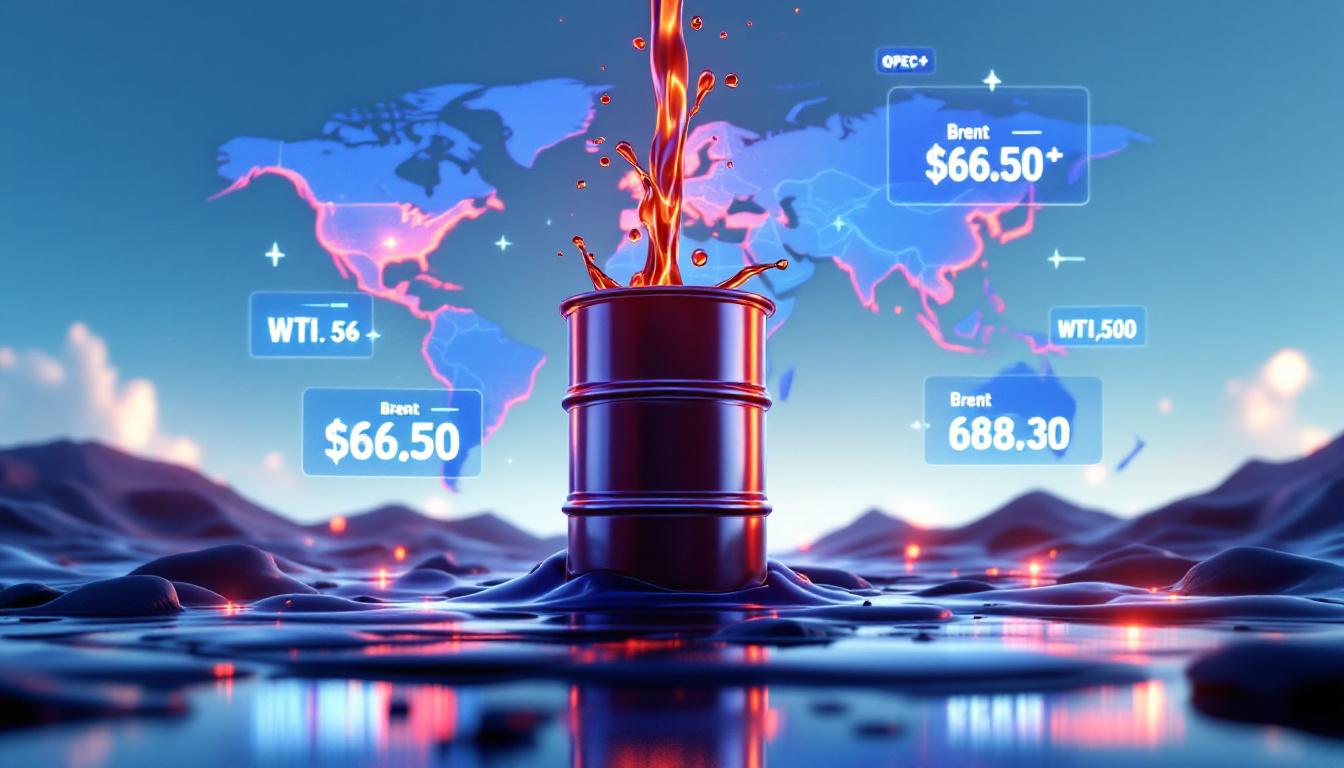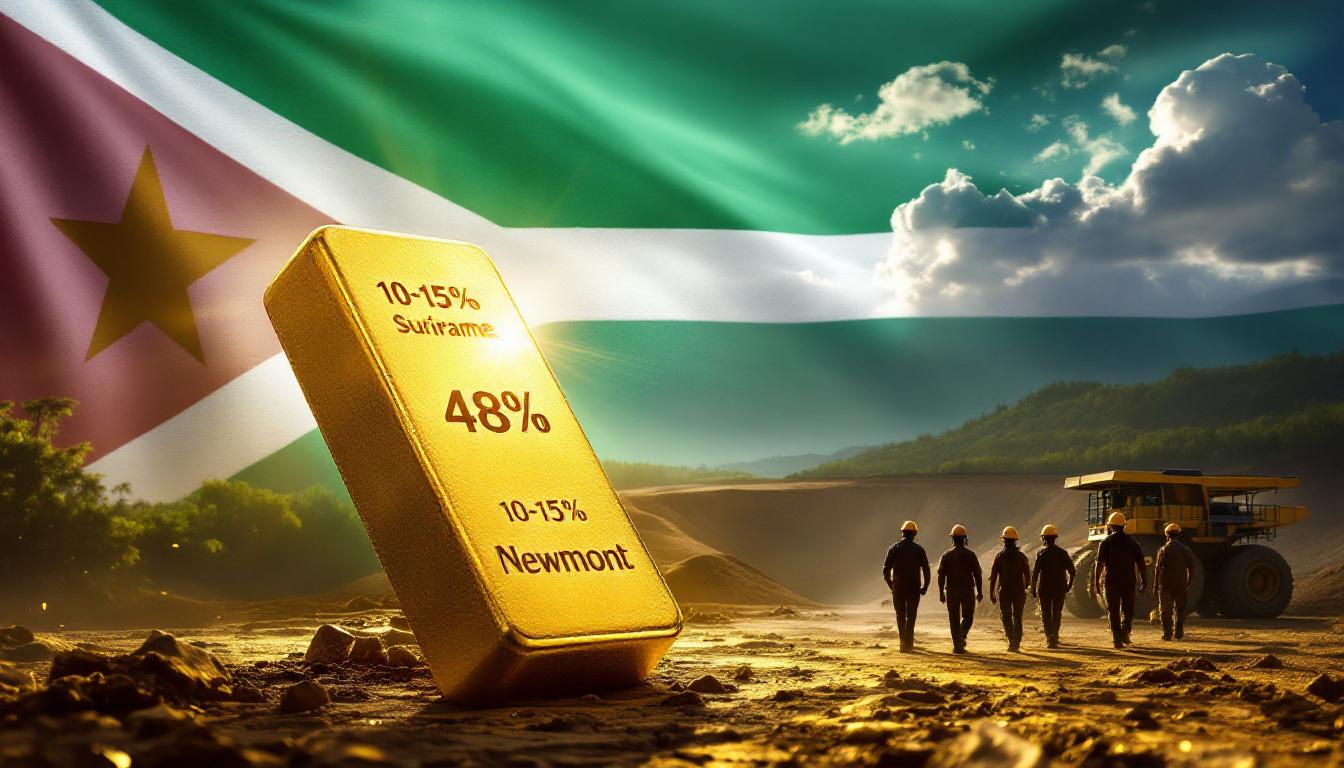Why Hasn't Silver Performed Like Gold?
Current Performance Metrics
Silver has delivered a 14% annualized return over the past five years, outperforming the S&P 500's 10% during the same period. However, the gold-to-silver ratio remains elevated at 98:1 as of April 2025, significantly above the 20th-century average of 47:1. Industrial applications now account for 56% of total silver demand, compared to 40% in 2010.
Key Differences in Today's Silver Market
Gold maintains its status as a monetary asset, with central banks acquiring 1,136 metric tons in 2024 alone. In contrast, photovoltaic installations consumed 3,212 metric tons of silver in 2024, representing 12% of total production. The divergence creates fundamental price pressures – while gold benefits from financial uncertainty, silver faces volatility from manufacturing cycles. This pattern is further explored in the gold performance analysis that reveals similar divergence patterns.
Comparing Silver to Other Asset Classes
From 2020-2025, silver exhibited a 0.68 correlation with copper prices versus 0.42 with gold. This hybrid characteristic creates unique portfolio effects: during the 2023 tech sector correction, silver declined 8% while the NASDAQ fell 12%, demonstrating partial decoupling from risk assets. For investors interested in the metals sector, a comprehensive mining stocks guide can provide additional context on these correlations.
What Are Realistic Expectations for Silver?
Technical Analysis Insights
The multi-decade cup-and-handle pattern identified in 2025 projects a measured move target of $42/oz, contingent on sustained closes above $28. However, the 200-week moving average at $22.50 remains critical support, tested successfully six times since 2020. Current silver price trends provide daily updates on these technical patterns.
Setting Proper Investment Goals
Precious metals analyst Janie Simpson notes: "Investors measuring success in ounces accumulated rather than dollar gains consistently outperform those chasing price targets". Historical data shows that monthly dollar-cost averaging through the 2011-2020 bear market yielded 19% annualized returns by 2025.
Price Predictions and Reality
CME Group's 2025 futures curve prices silver at $34.50 by December, reflecting 18% upside from current levels. This aligns with the World Silver Survey's projection of 5.3% annual demand growth through 2030. Recent gold market trends suggest similar growth patterns may emerge in the silver market.
How Should You Approach Silver Investing?
Strategic Buying Approaches
The 2024 Silver Institute report demonstrates that purchases made during volatility spikes (>30-day IV) generated 23% higher returns than steady accumulation. Algorithmic analysis of 40 years' data reveals optimal entry points occur when the 50-day/200-day MA spread exceeds -5%. These findings align with modern systematic investing insights that emphasize data-driven decision making.
Types of Silver Investments
Premiums vary significantly:
| Product Type | Average Premium (Over Spot) |
|---|---|
| Generic Rounds | 8% |
| Government Coins | 15% |
| Vintage Collectibles | 35-200% |
Source: 2025 International Numismatic Association Report
Wealth Preservation Strategy
Transitioning wealth from fiat currency to physical silver represents a paradigm shift in investment philosophy. Rather than chasing percentage returns, this approach prioritizes maintaining purchasing power across generations. Historical analysis shows silver has maintained consistent real-world value against essential commodities over centuries, despite significant nominal price fluctuations.
What Factors Are Driving the Silver Market?
Industrial Demand Dynamics
The transition to 5G networks requires 38% more silver per base station than 4G infrastructure. Automotive electrification represents another growth vector, with EV battery alloys consuming 55g silver/vehicle versus 25g in ICE models. The Australian silver market shows particular sensitivity to these industrial trends according to silver price Australia tracking data.
Market Sentiment Factors
Silver market psychology exhibits unique characteristics compared to other commodities. The "paper versus physical" debate continues influencing investor behavior, with COMEX warehouse inventories declining 45% since 2020. This perceived disconnect between futures pricing and physical availability creates both opportunities and challenges for strategic investors focused on the long term.
Global Economic Influences
Silver's 60-day rolling correlation with the DXY dollar index strengthened to -0.71 in Q1 2025, making it particularly sensitive to Federal Reserve policy shifts. The metal's dual nature creates asymmetric responses – rising 9% during the 2024 banking crisis but falling 5% during the 2025 manufacturing contraction. For those considering various precious metals exposure, the gold ETFs 2024 guide offers complementary investment vehicles.
FAQs About Silver Investment
Is silver a good investment during economic uncertainty?
Silver's historical Sharpe ratio of 0.35 during recessions outperforms gold's 0.28, though with higher volatility. Its industrial component provides downside protection against pure safe-haven selloffs.
What causes the fluctuation in the gold-to-silver ratio?
The gold-to-silver ratio fluctuates based on different demand drivers for each metal. While gold responds primarily to monetary conditions and geopolitical risk, silver's industrial applications (particularly in emerging technologies) create additional price variables. This explains why the ratio compressed to 32:1 during the 2011 commodity supercycle but expanded beyond 100:1 during the 2020 pandemic disruption.
How should I measure investment success?
The "Ounce Accumulation Index" methodology tracks purchasing power preservation. Since 2000, 100 ounces of silver maintained equivalent value to:
- 2,500 gallons of gasoline (2000) → 2,450 gallons (2025)
- 400 bushels of wheat (2000) → 380 bushels (2025)
Source: Bureau of Labor Statistics Commodity Data
What's the best strategy for buying silver?
The most effective silver acquisition strategy combines technical timing with consistent accumulation. Research indicates investors who allocate regular amounts during price corrections (defined as 15%+ drops from local peaks) achieve 27% more ounces over 10-year periods compared to monthly fixed purchases. However, this approach requires discipline and emotional control during market volatility.
Market Outlook and Conclusion
Supply Constraints
Unlike gold, which has an above-ground inventory equaling about 60 years of production, silver's above-ground refined inventory represents less than 1 year of industrial demand. This fundamental supply difference has contributed to silver's historical price volatility and creates potential for supply shortages during demand surges.
Long-Term Perspective
Silver's performance should be evaluated through multiple economic cycles rather than short time horizons. The metal has demonstrated remarkable resilience during currency debasement episodes throughout history while maintaining industrial relevance through technological evolution. This dual characteristic remains its primary investment thesis in contemporary portfolios.
This analysis synthesizes market data, technical patterns, and macroeconomic trends to provide investors with a framework for navigating silver's complexities in the silver market. While short-term volatility persists, structural demand drivers and historical precedent suggest silver remains a viable component of diversified portfolios when approached with disciplined accumulation strategies.
Interested in Detecting the Next Major ASX Mineral Discovery?
Stay ahead of the market with Discovery Alert's proprietary Discovery IQ model, which delivers instant notifications of significant mineral discoveries on the Australian Stock Exchange. Explore historic returns of major mineral discoveries on our discoveries page and gain the market edge you need for informed investing.




